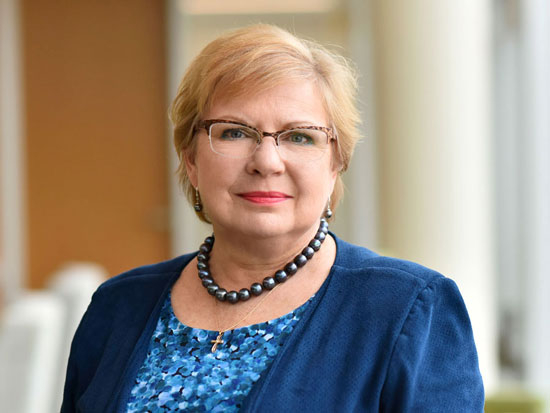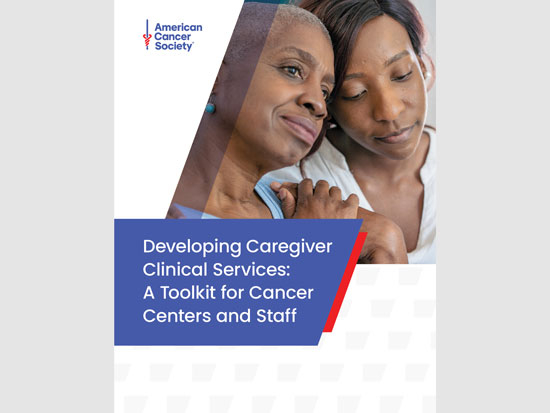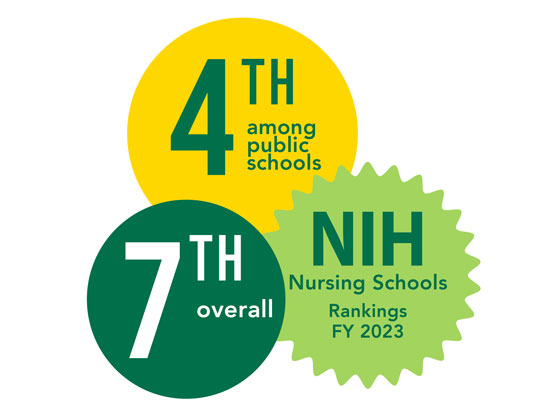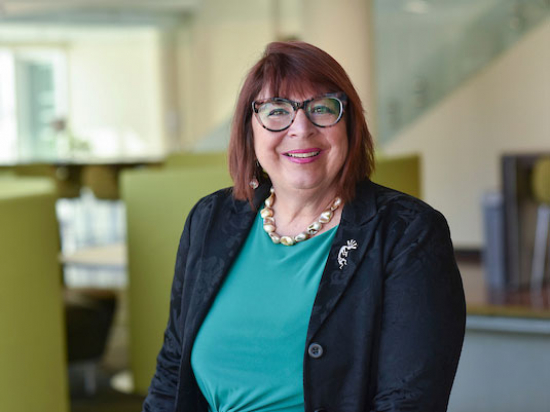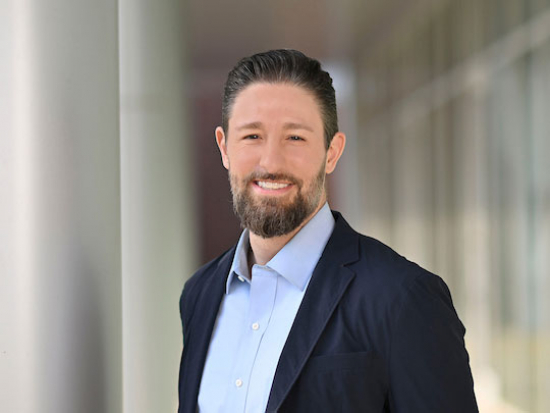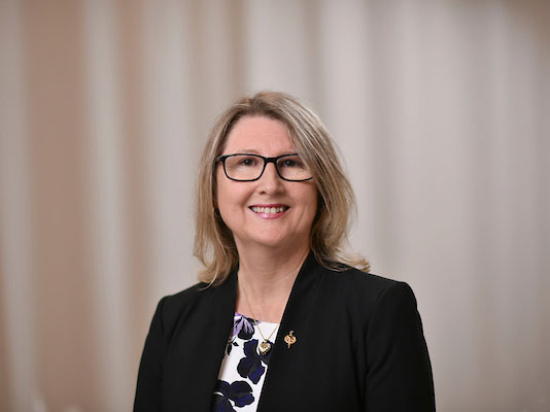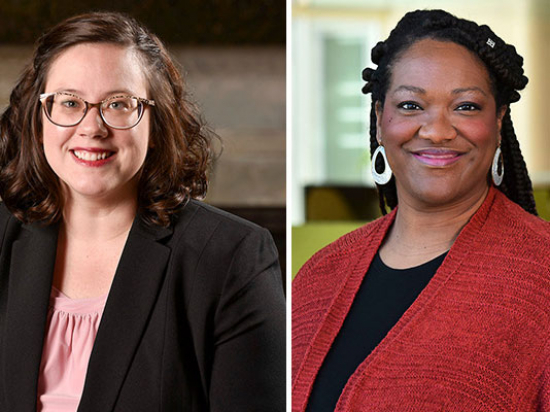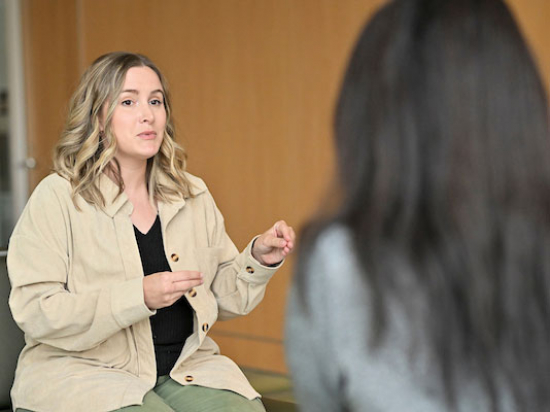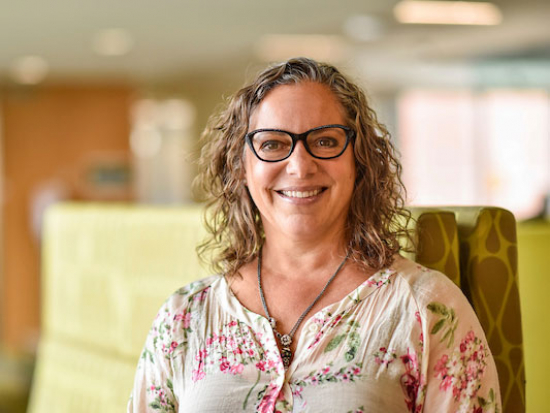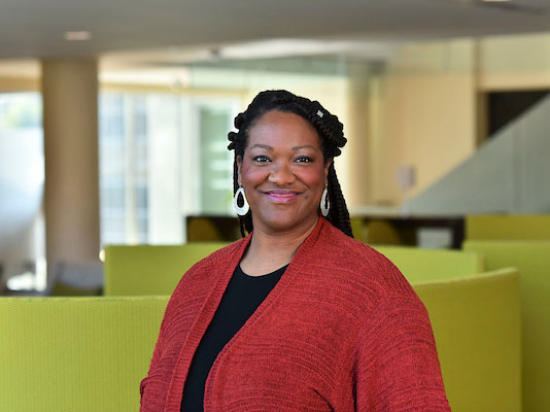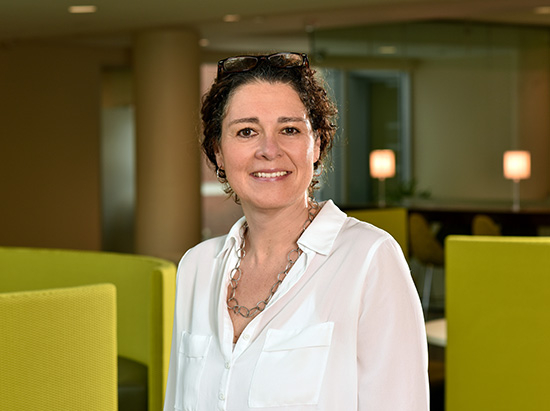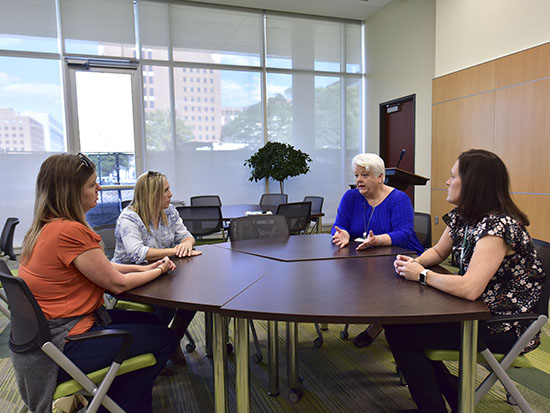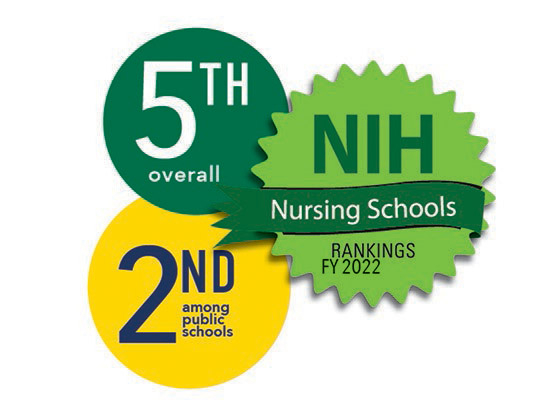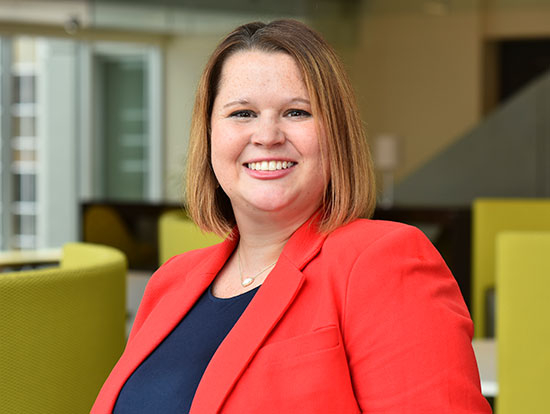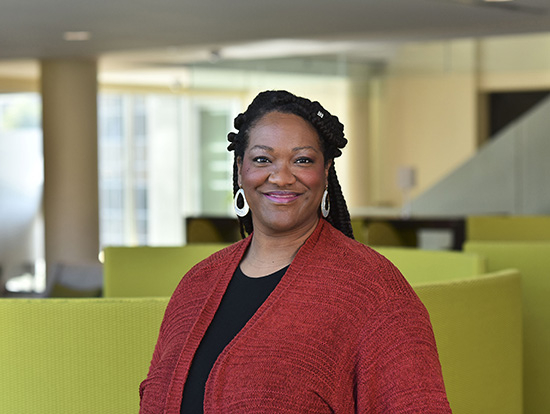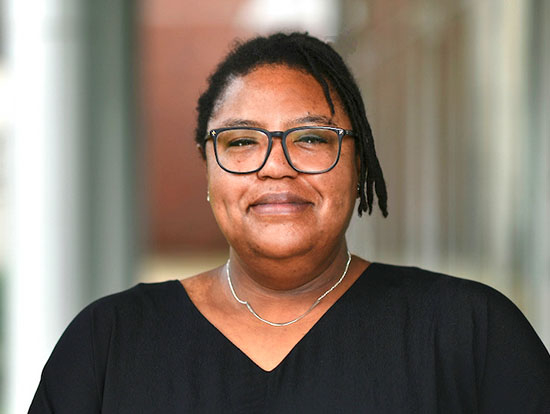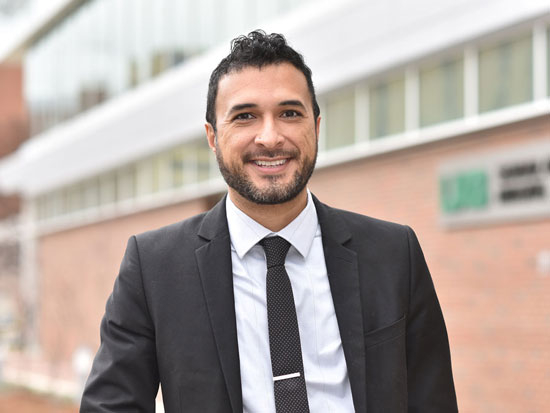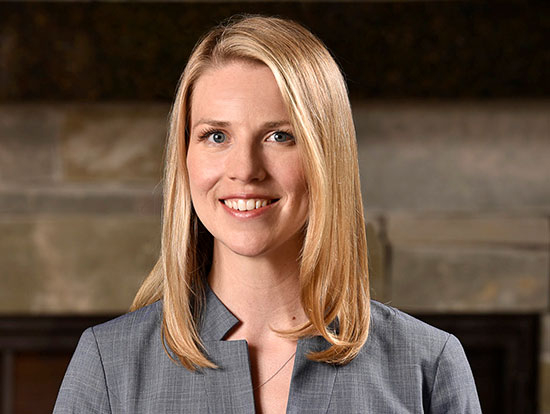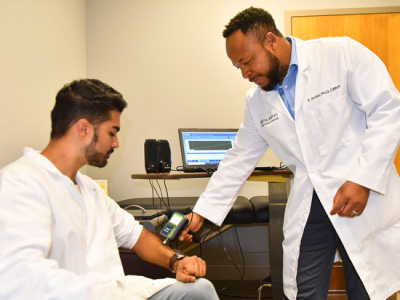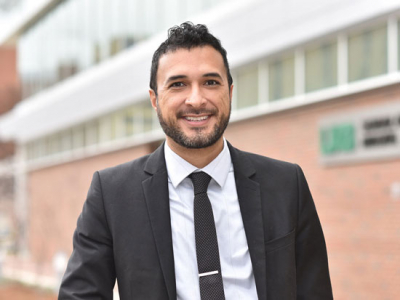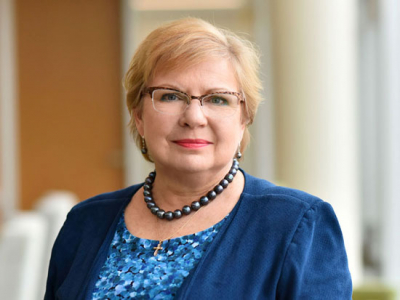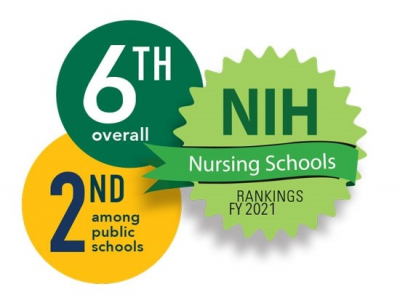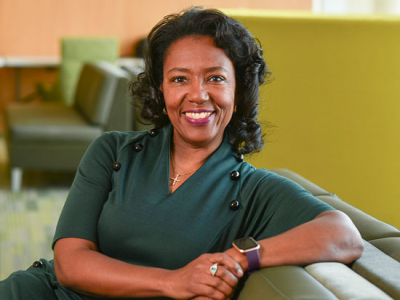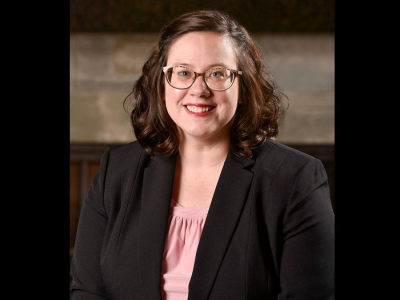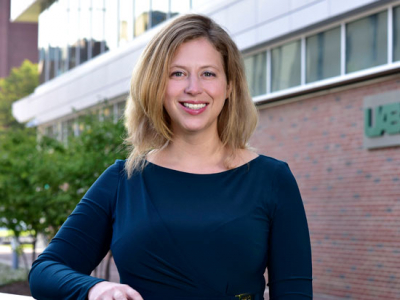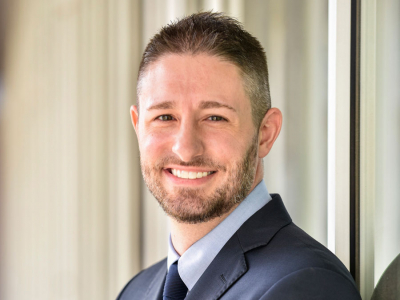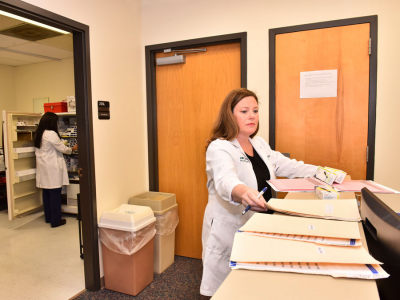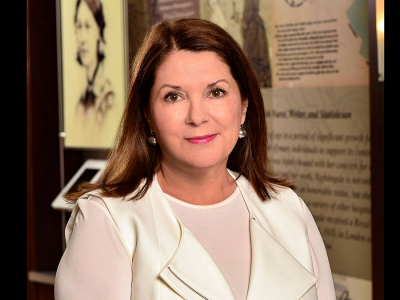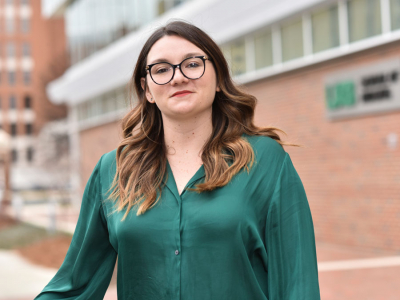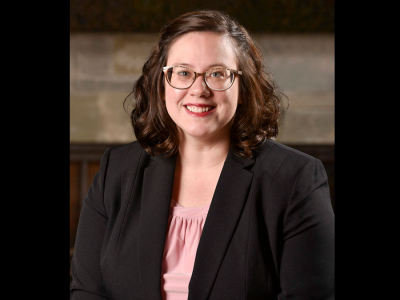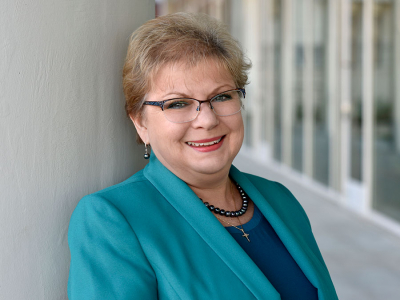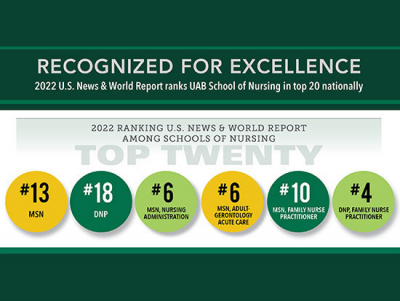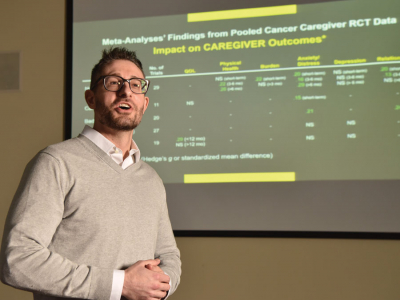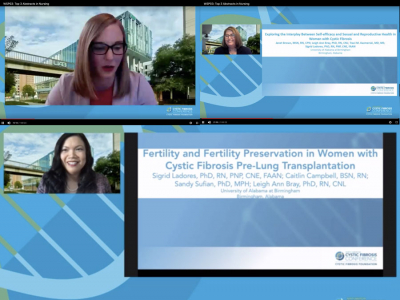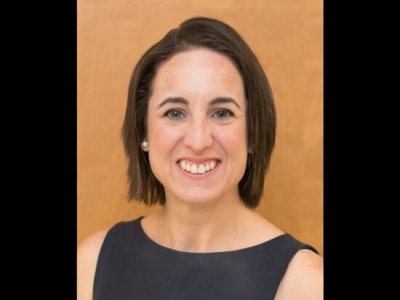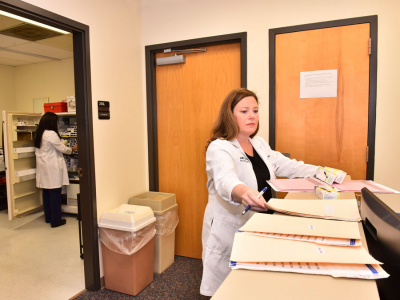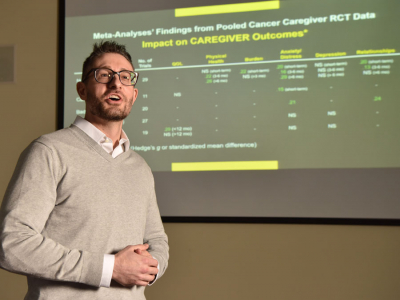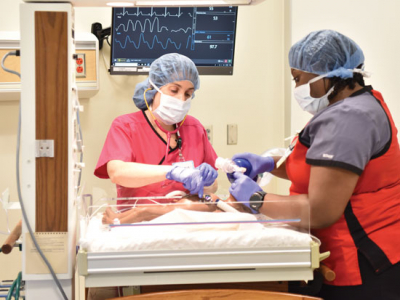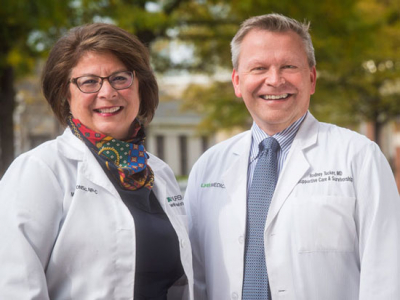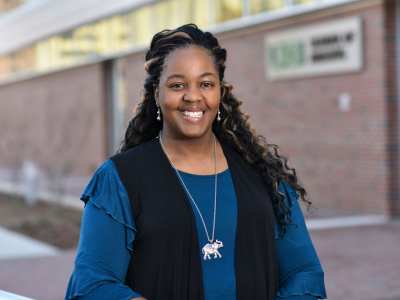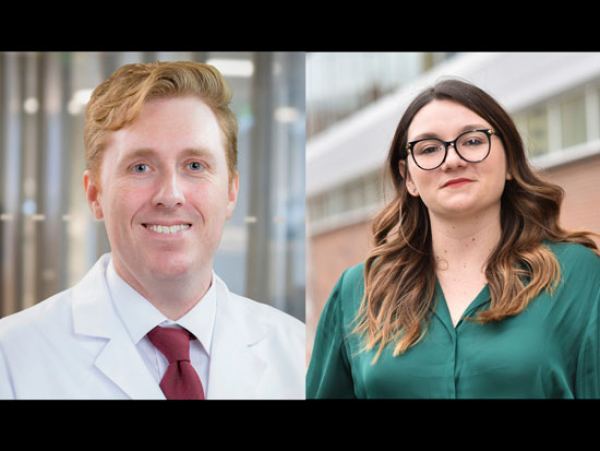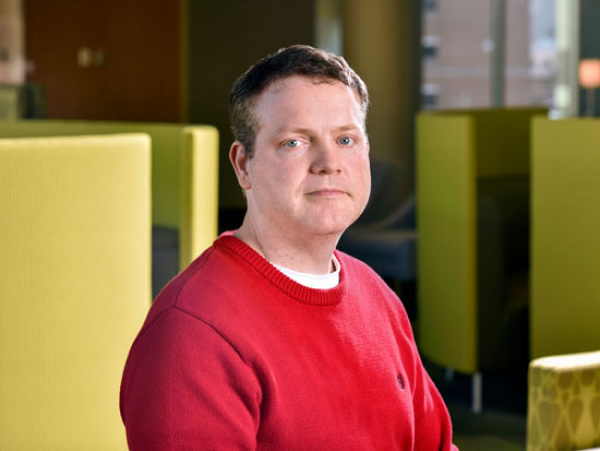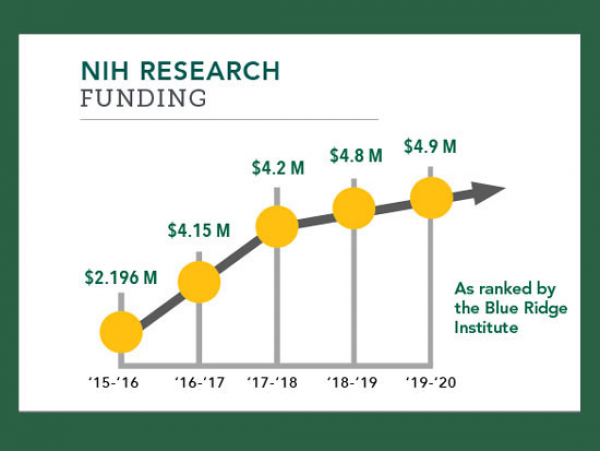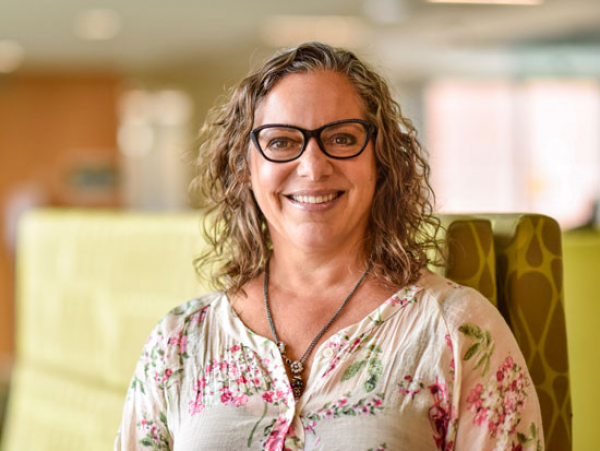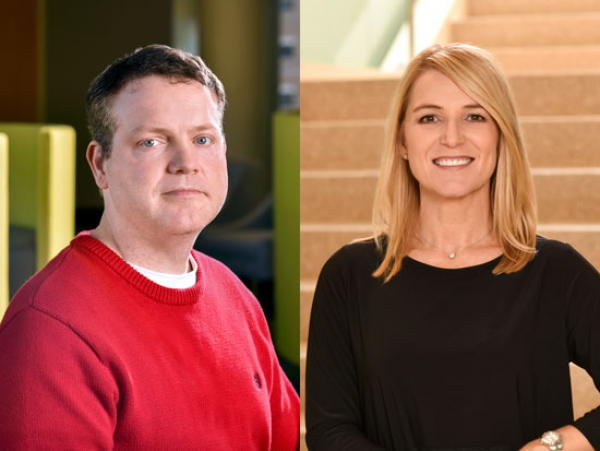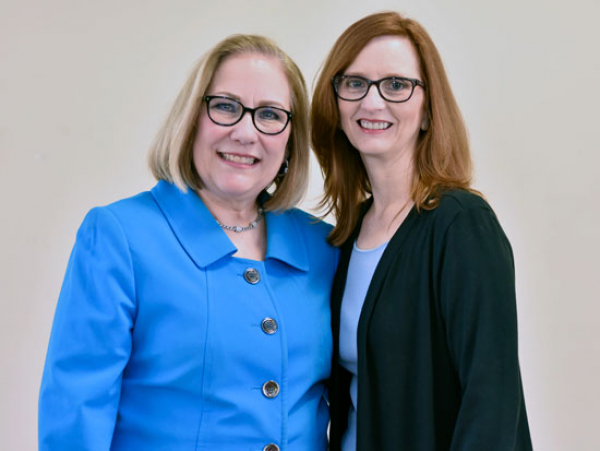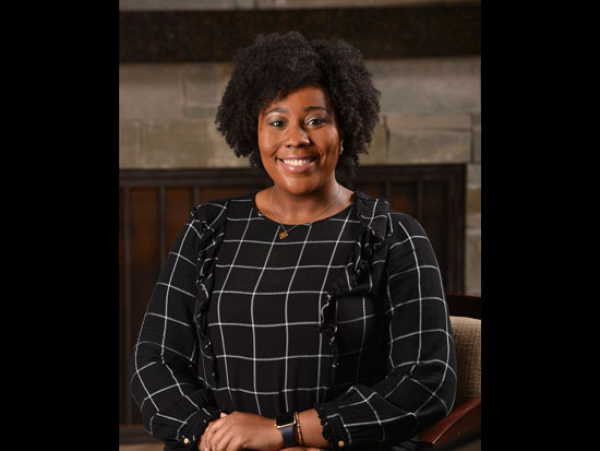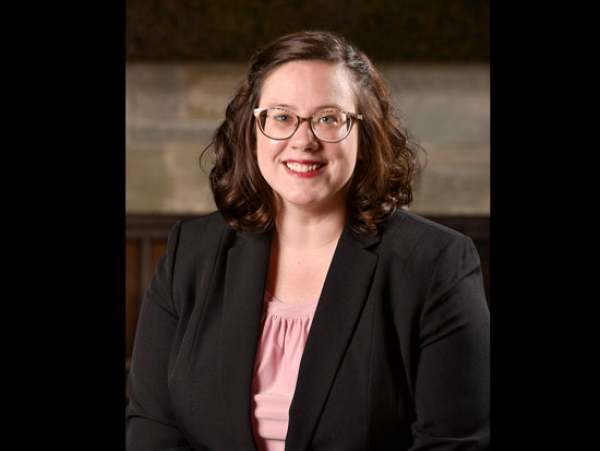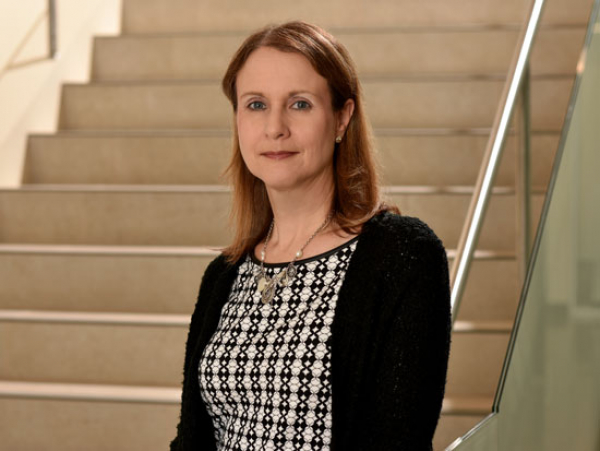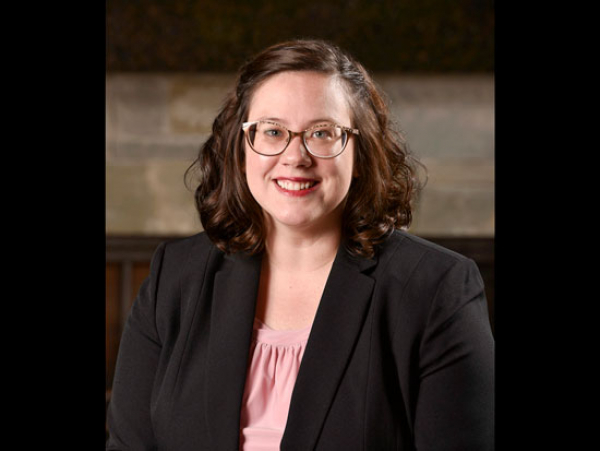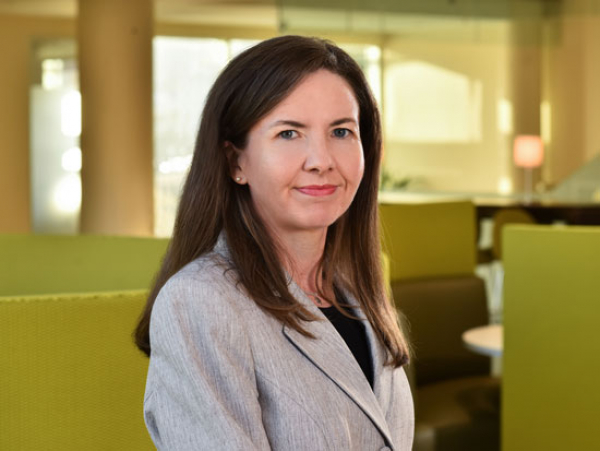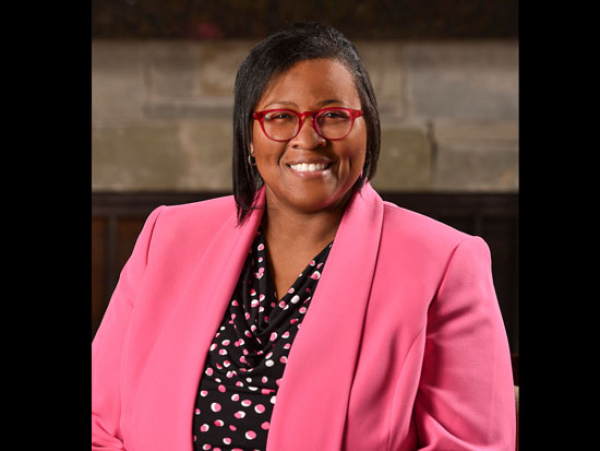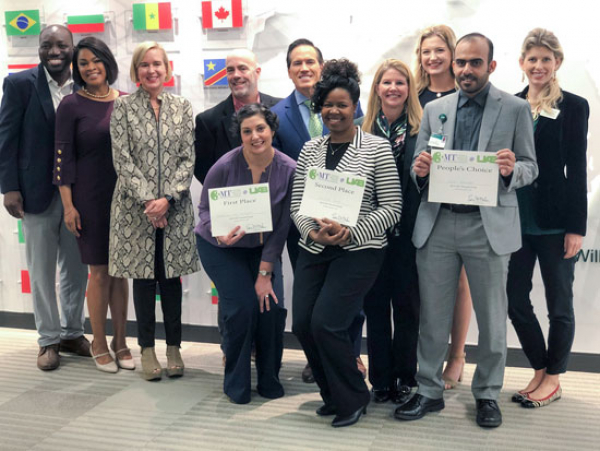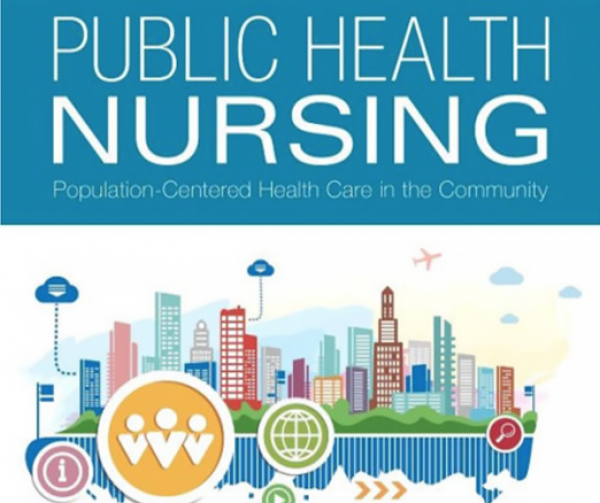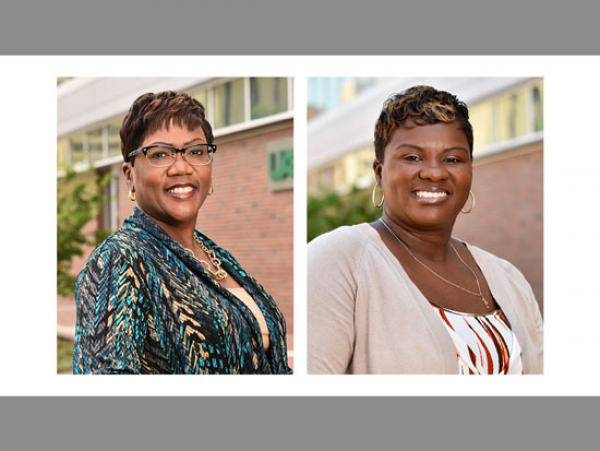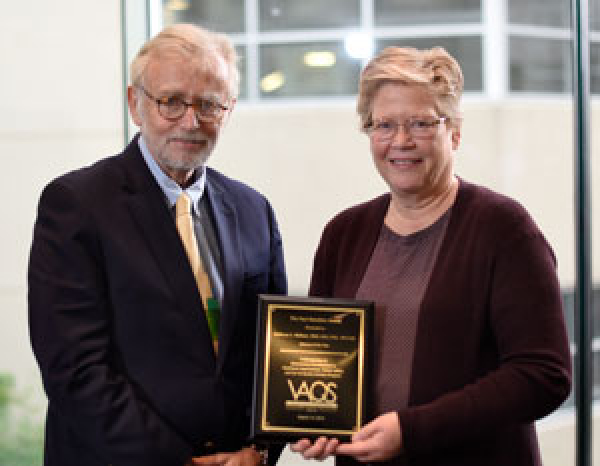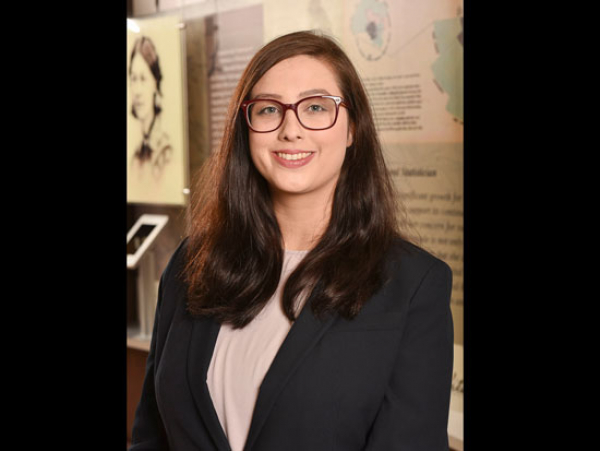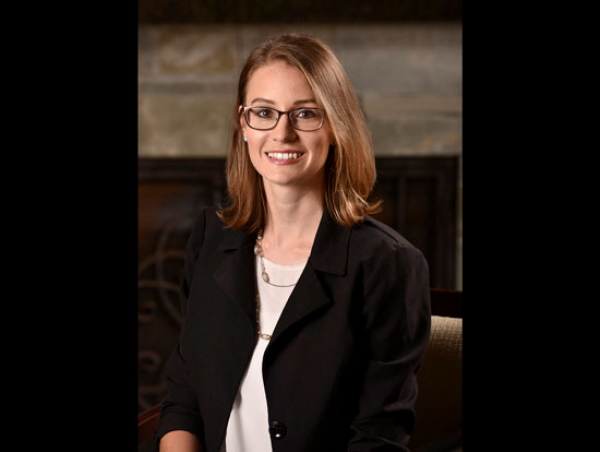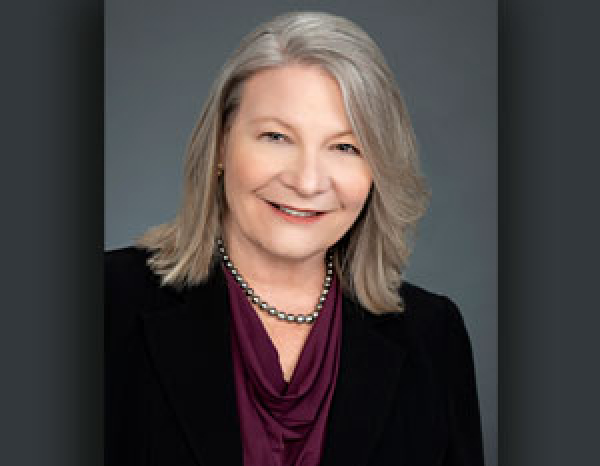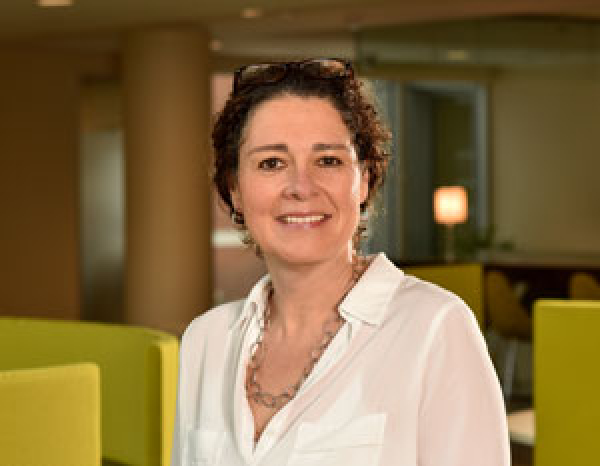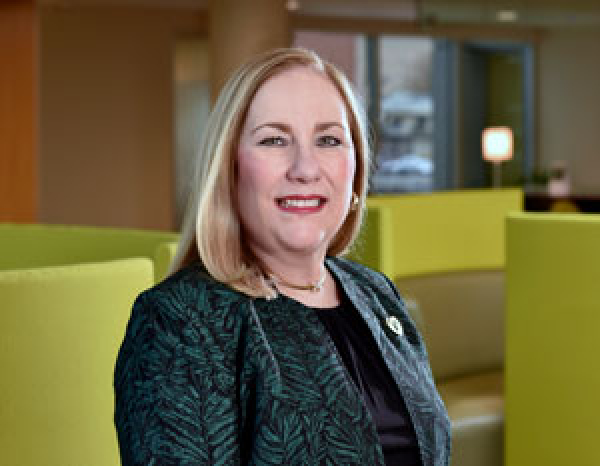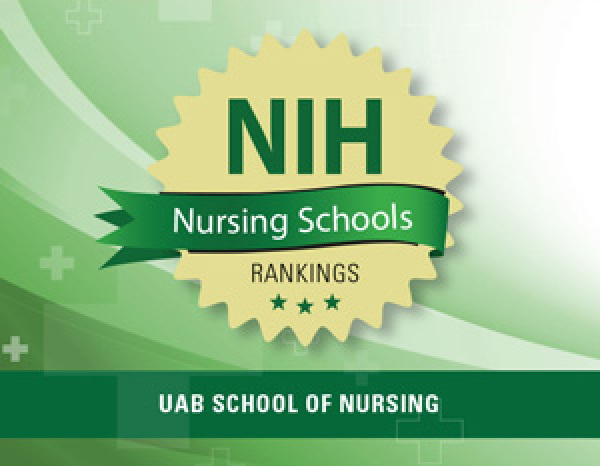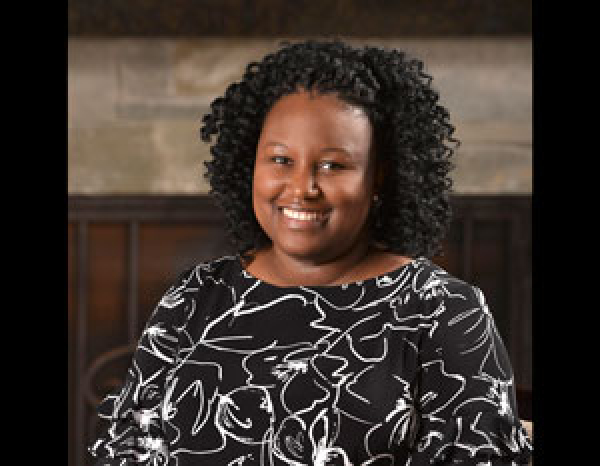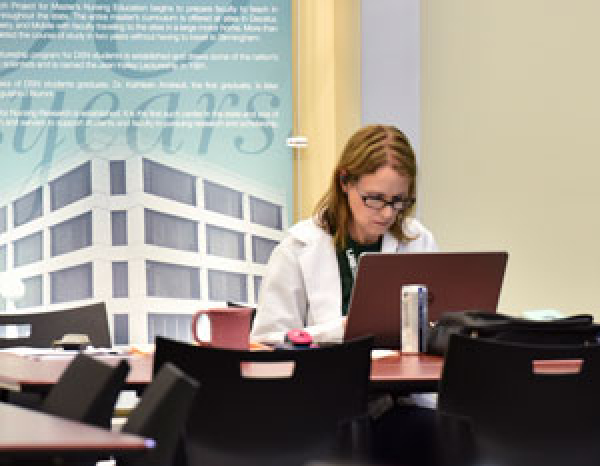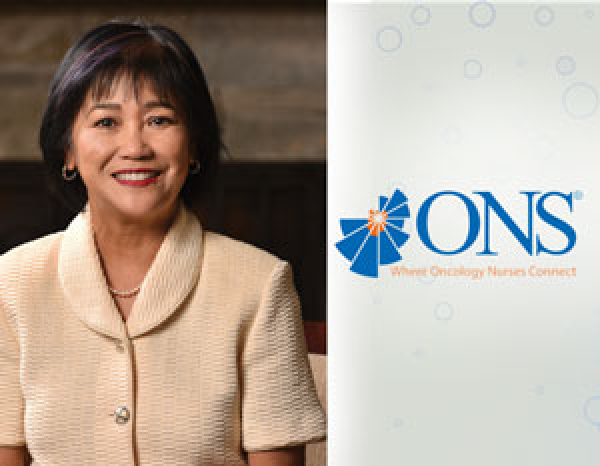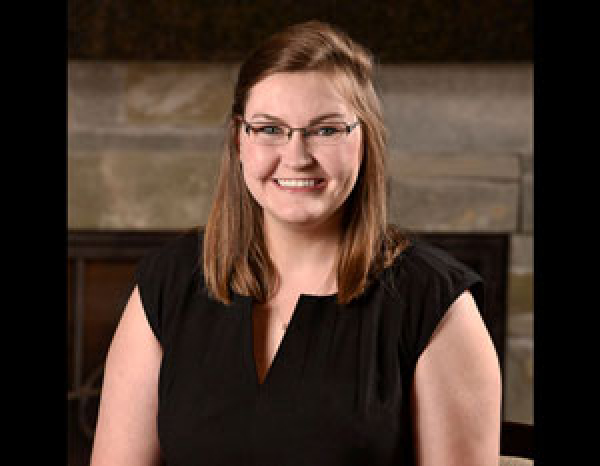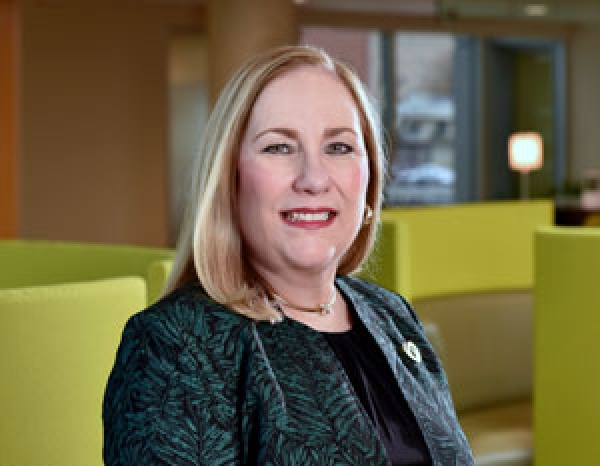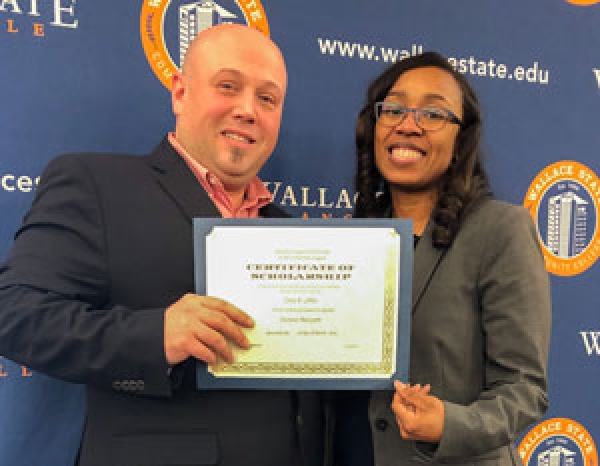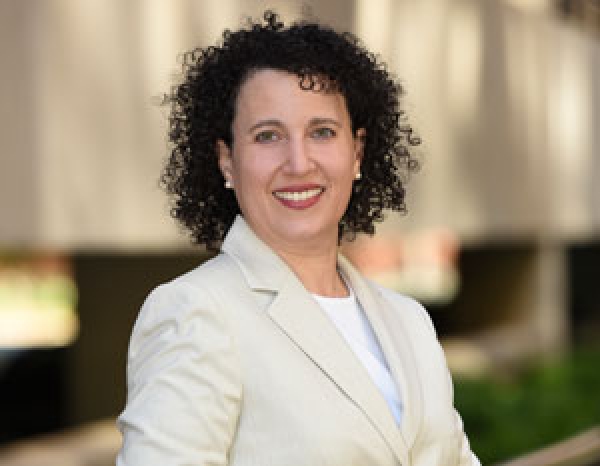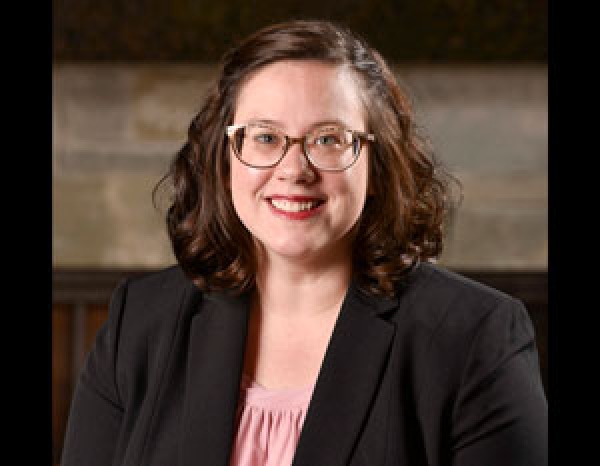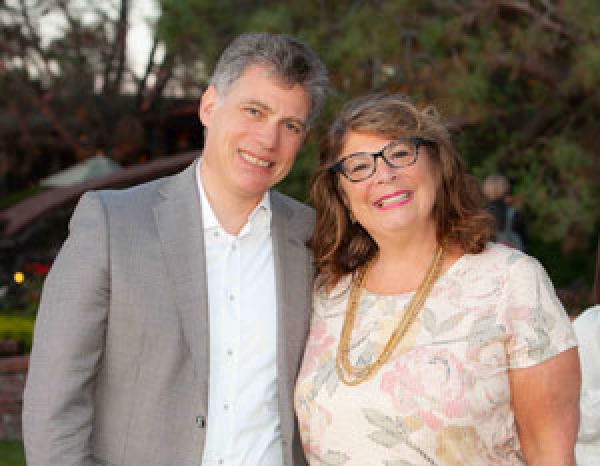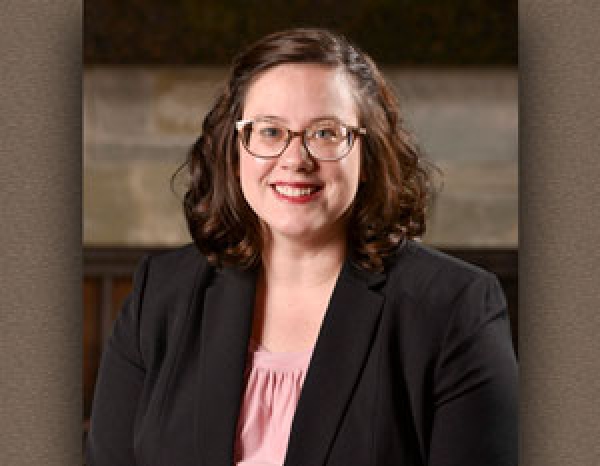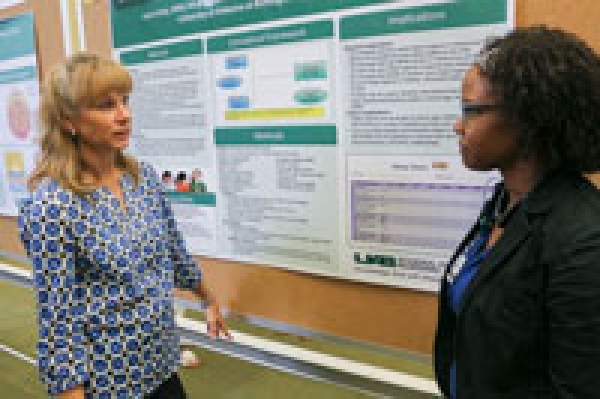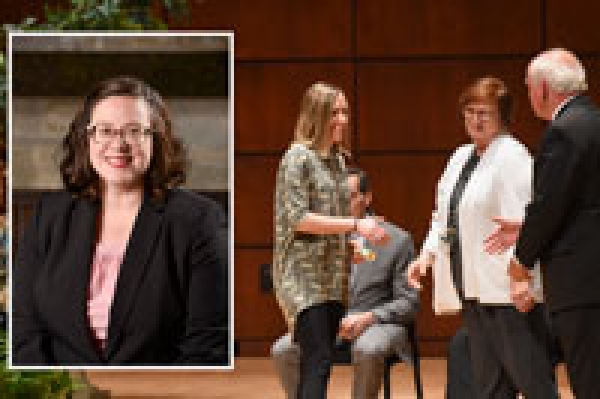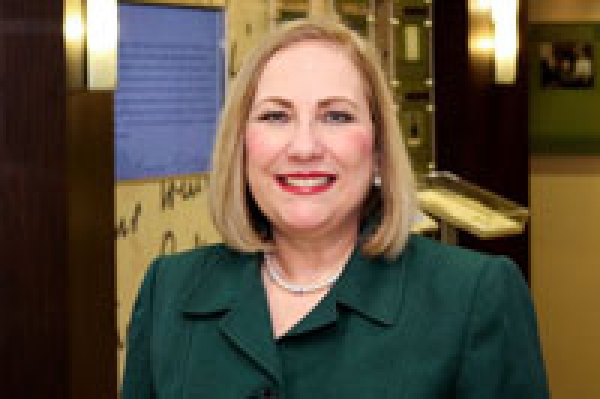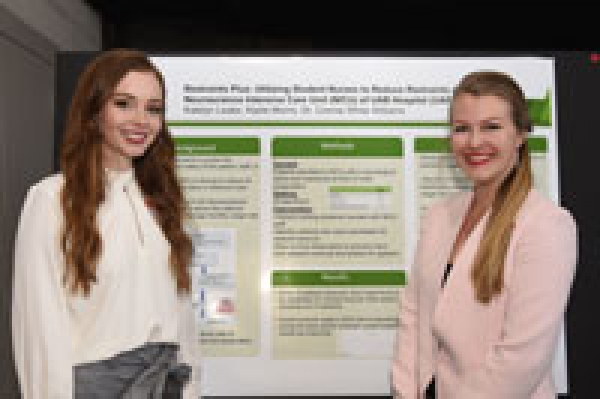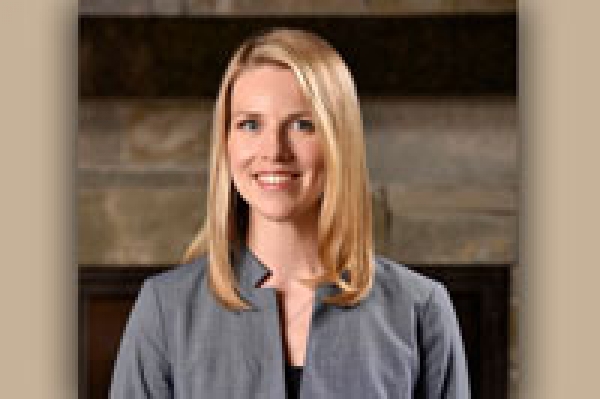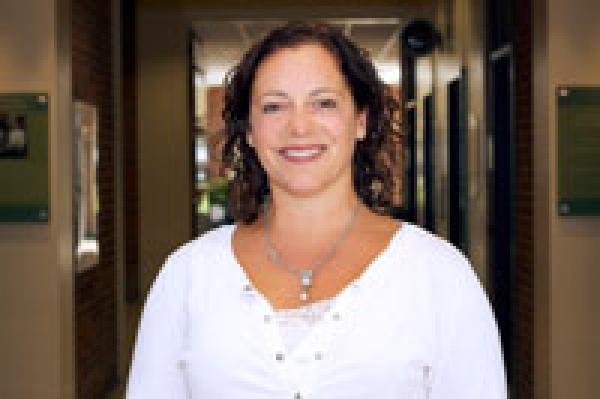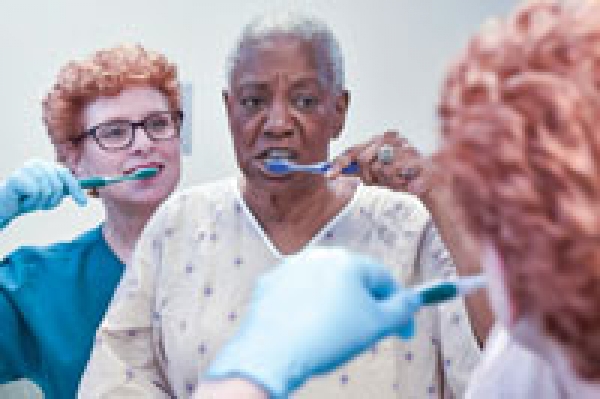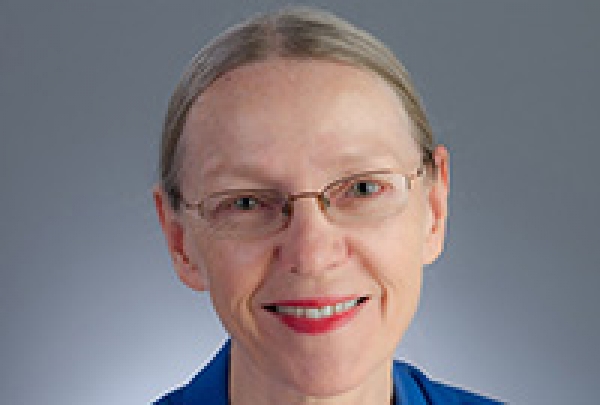School ranks 23rd nationally in NIH research funding
A national and international leader in nursing research, the University of Alabama at Birmingham (UAB) School of Nursing jumped 11 spots, and into the Top 25 Schools of Nursing nationally, in rankings published by the Blue Ridge Institute for Medical Research, which lists by year National Institutes of Health (NIH) funding for U.S. nursing schools.
With $2.196 million in NIH research funding for fiscal year 2016, the School ranks 23rd nationally, up from 34th in 2015. The UAB School of Nursing has an overall total of more than $9.7 million in current NIH research grants. Blue Ridge breaks down annually what those grants bring into the School.
UAB School of Nursing Associate Dean for Research Karen Meneses, PhD, RN, FAAN, said in the past year several of the School’s senior scientists, as well as junior faculty, postdoctoral fellows and doctoral students, have received NIH funding that helped the School make the 11-spot jump.
“We happened to hit very well with two major R01s, which is accounted for in the Blue Ridge,” Meneses said. “Professor David Vance received an R01 this past year and was most recently awarded an R21. Professor Marie Bakitas also received an R01 and one of her post docs, Nick Dionne-Odom, is currently NIH funded with an R00/K99. Assistant Professor Pariya Wheeler also came on board with her R00/K99. Along with those we have an R25 that was funded, and with some of our other grants, it put us at nearly $2.2 million for the year.”
UAB School of Nursing Dean and Fay B. Ireland Endowed Chair in Nursing Doreen C. Harper, PhD, RN, FAAN, said on-campus collaborations and key recruitments also have been key in growing the School’s NIH research portfolio.
“We have been very fortunate at the UAB School of Nursing to be able to align with UAB Medicine and the academic health science center to really grow and develop our research around populations, and the care of special populations, particularly,” she said. “We’ve also been able to recruit scientists from across the country who have generated the research, the funding, the collaboration across nursing, medicine and the other health professions, to grow that research.”
The rise in the rankings, Harper said, is also due to the excellent foundation the School has created to support its nurse scientists.
“We have been diligent about building the research infrastructure with an incredibly supportive team in our Office of Research and Scholarship to help mentor and develop our faculty through the application and submission process,” Harper said. “That, along with the incredible mentorship that our senior faculty here at UAB, both within nursing and outside of nursing, offer our younger scientists – as well as our students from the baccalaureate through the doctoral to the post-doctoral level – has helped us grow and develop. And it’s the investment in growth and development that also has helped improve our rankings.”
“It’s not an individual effort, it takes a school to get that done. We have tried to be as nimble and as quick and as responsive as we can,” Meneses added. “We’ve got a great system that I think has worked out very well. We have processes that seem to work and if they don’t we go back and try to iron them out to make them work. So it is going to be a process for anyone that is writing a grant – a research grant, a HRSA, etc. – that they’re going to have a good experience, and also that they’re going to have a learning experiences when they go through the process.”
Meneses also agreed mentoring has been a huge part of the School’s funding successes.
“We have great mentoring throughout the university, so it’s not just mentoring to one individual or another, it’s research mentoring from a team,” she said. “I think we also keep really close relationships with our mentees. I talk to mine almost every day, have meetings with them every week, and I also support them in mentoring one another.”
Harper said the rankings also are a reflection of the School’s grant funding from sources other than the NIH across all of its missions – teaching, research, and service, including more than $5.15 million from the U.S. Department of Health and Human Services, Health Resources and Services Administration (HRSA) to help support the School’s nurse-managed clinics that provide care to underserved heart failure and diabetes patients and support students in its nationally ranked graduate programs who are preparing for careers as advanced practice nurses, nurse educators and nurse researchers; as well as more than $700,000 in research and education funding from other organizations, including the Jonas Foundation, Robert Wood Johnson Foundation, Susan G. Komen Foundation, American Cancer Society and National Institute of Occupational Safety and Health.
“Our rankings have also improved because we have benefitted through foundation grants, intermural grants, as well as grants from the military, Health Services Research and also the VA,” she said. “And those grants build and support the infrastructure and scholarship of our faculty moving forward both within the NIH and within the philanthropic and foundation areas.”
This improved ranking also means the School is making great strides in reaching one of its strategic goals – to rank in the top 20 in NIH research funding by 2020. Meneses has a formula to keep the School on this path.
“It means those who are currently funded need to submit grant proposals,” she said. “It also means for them to produce peer-reviewed publications of their work. It also means bringing young investigators – associate and assistant professors – onto those teams. It means collaborating across campus, and it means staying as close to the research enterprise as possible with a focused purpose – to improve the lives of Alabamians and beyond.”

